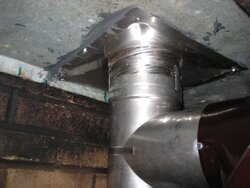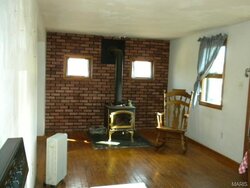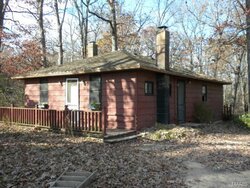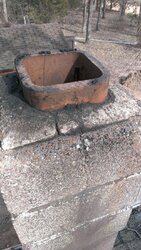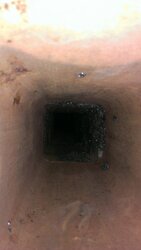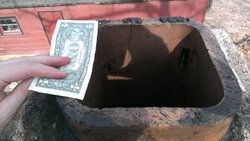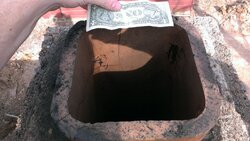So it looks like I'll need to buy a stainless steel liner and "T" since my chimney is masonry with clay flues. I know there are a lot of kits out there, but anyone have a preference or know of a good one?
I'm guessing I need the smooth line instead of grooved to keep creosote from building up on the grooves. Also need the insulation.
Finally, if I install a T where the stove exhaust enters the masonry chimney, how do I clean out the bottom of the "T"? I'm picturing running the rods and brushes from the top of the chimney, and anything it knocks down would end up in the bottom of the "T". Do I then have to pull the stove exhaust and clean by hand through the thimble or is there an easier way?
Thanks,
Trickle
I'm guessing I need the smooth line instead of grooved to keep creosote from building up on the grooves. Also need the insulation.
Finally, if I install a T where the stove exhaust enters the masonry chimney, how do I clean out the bottom of the "T"? I'm picturing running the rods and brushes from the top of the chimney, and anything it knocks down would end up in the bottom of the "T". Do I then have to pull the stove exhaust and clean by hand through the thimble or is there an easier way?
Thanks,
Trickle


